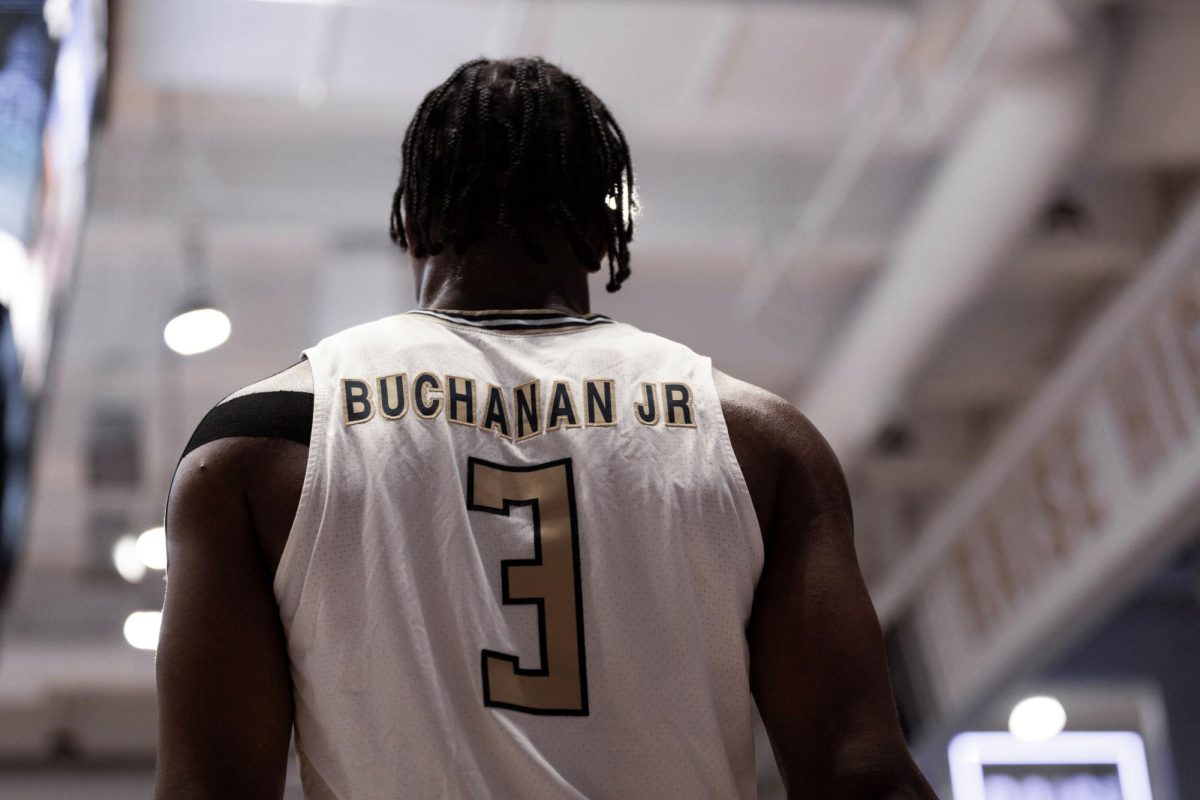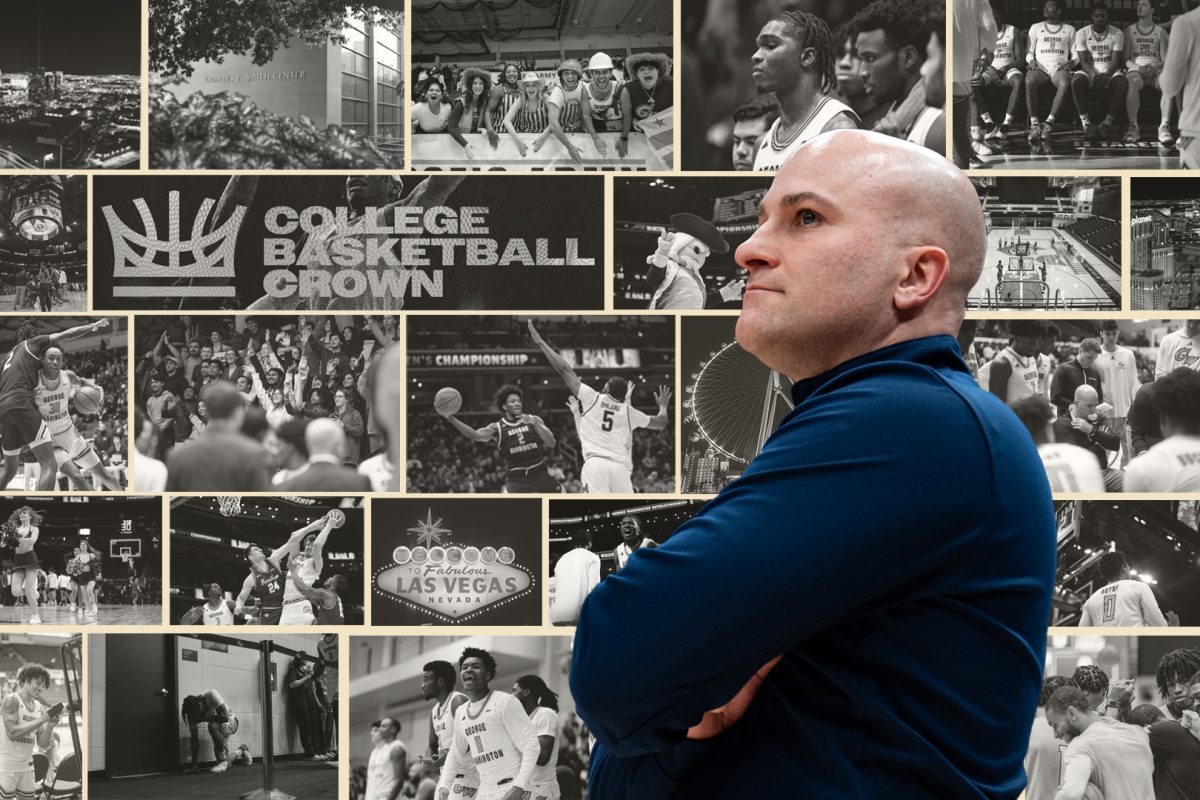Congratulations D.C., the adoption process is almost complete! Less than seven months from now, on Major League Baseball’s 2008 opening day in April, the Washington Nationals’ new home will open and the Nats will officially become a member of the city’s family, rather than living in the dreadful limbo that has defined their existence since moving from Montreal. Propelled by a young and improving nucleus of players, an energetic new manager and a fresh owner – GW alumnus Ted Lerner – who said he is willing to spend the necessary money to keep the franchise moving in the right direction, the Nationals are finally becoming Washington’s team.
The key event in becoming a real Washington team will occur next April, when the Nationals do their best Jeffersons impersonation by “movin’ on up” into their own brand-new stadium. Located along the Anacostia River, Nationals Park is a state-of-the-art facility with all the amenities of a modern ballpark, including the first-ever in-stadium cherry trees. The new field will replace outdated RFK Stadium, which is the fourth-oldest stadium in the league and was never intended for baseball usage. The only three older parks are the classics: Yankee Stadium, Fenway Park and Wrigley Field. RFK, by contrast, is more like an ugly lawn gnome that your grandmother refuses to get rid of. Originally built in 1961 as a football stadium for the Redskins, RFK was first morphed into a temporary baseball park for the expansion Washington Senators in 1962. When they left town to become the Texas Rangers in 1971, the stadium returned to being a football-only stadium. For the past three years, the Nats have been under the foster care of RFK, patiently waiting for a permanent home. With the erection of the new park, that day is just around the corner.
So far this season, the Nationals rank 24th in the major leagues in attendance, averaging just 24,041 fans per game (53.3 percent capacity). However, as the NFL’s Arizona Cardinals can show, being a new homeowner can do wonders for a franchise. The Cardinals moved from St. Louis to Phoenix in 1988, but did not have their own stadium to play in, so they used Arizona State University’s Sun Devil Stadium. They proved to be an entirely unwanted houseguest, finishing last in the league in attendance every season for the last five years and filling the seats to just 53.2 percent capacity on average. Things changed dramatically for the better last year, when the Cardinals opened their own space-age stadium. Although the team continued to be horrible, each game of the season sold out.
The next change in turning the Nationals from red headed stepchild to favorite son is evolving into a consistent playoff contender. New uniforms and stadiums lose their luster with time – only winning can keep the fans interested for an extended period. For the past few seasons, the greatest thrill for Nats fans has been watching their team in the spoiler role. Being a pest is fun for the time being, but the Nats soon hope to be the ones other teams are gunning for.
Luckily for them, another similarity the Nationals have to the Cardinals is a rapidly improving young core of players. Led by future all-star Ryan Zimmerman, “The Chief” Chad Cordero and comeback story/all-star first baseman Dmitri Young, this team has a lot of pieces to work with. In addition to the young talent, Washington can be proud of having their own manager in enthusiastic first-year man Manny Acta. While his predecessor Frank Robinson was a great baseball man, he was a holdover from Montreal, where he only managed because he was asked by Commissioner Bud Selig asked him to do so while the team’s fate was being decided. Acta is beginning his managerial career in the city and hopes to be associated with a winning franchise.
With success, the Nationals can expect to become a valued member of the D.C. sports community and a beloved franchise. If the Redskins are to D.C. what Bruce Springsteen is to New Jersey, maybe the Nationals can become Bon Jovi.
Baseball has long been America’s game and Washington has long been America’s capital. It’s only right that after two previous failed franchises, the two should finally have a long-term relationship. With the building of the new ballpark and Lerner’s leadership, the Nationals can finally call D.C. home, and perhaps more importantly, D.C. can be proud to have the Nationals as a permanent resident of the capital.






